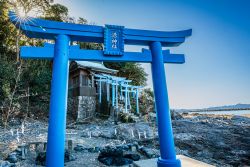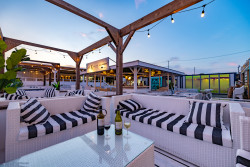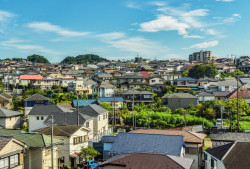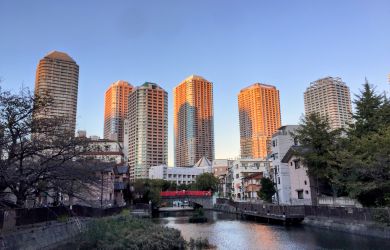
June 4, 2018
Ashikaga – Flowers and Wine Paradise
A peaceful and charming retreat from Tokyo
Just north of Tokyo, Ashikaga in Tochigi Prefecture is an easy day trip or an eventful weekend journey. The Watarase River runs through the flat city and just on the outskirts are gentle hills. Two train stations sit on either side of the river. Ashikaga is a little over an hour from Asakusa on the express Tobu Isesaki Line. There are a variety of venues to visit, offering something for almost everyone.
Ashikaga Flower Park
The Ashikaga Flower Park is an expansive manicured garden with a variety of plants blossoming year-round. The most famous is a stunning giant 100-year old fuji wisteria that showers down delicate light purple petals. The park is worth a visit any time of year, as the gardeners have thoughtfully assembled a collection of plants that showcase their flowers throughout the year. The brand new Ashikaga Flower Park Station was just opened on the JR Ryomo Line with easy access to the park.


Coco Farm and Winery
Coco Farm and Winery is a truly unique winery. It’s supported by adult students from Cocoromi Gakuen, an on-site residential facility for intellectually handicapped people. The students help in the whole process, from working the vineyards as the grapes grow, to harvesting and through the crushing and bottling. The grapevines are planted on a steep mountainside, so all of the work must be done by hand. The founder of the school and winery believed it was better for the students to be out in nature than sitting inside. I apprenticed at the winery for three months and am inspired by the hardworking students. The fruit of their hard work is hand-crafted wine.
At the winery there is a tasting room, a large retail shop and an open-air café with grand vistas of the vineyards. The winery’s portfolio of wines is impressive: red, white, rose, sparkling and even a sweet dessert wine. To get to the winery, take a taxi from Ashikaga Station. When you are ready to leave, the winery will call a taxi for you. If you drive to the winery, they will call for a daikō taxi with two drivers. One of the drivers will drive your car to your hotel. We used this service on a recent visit and it ensured everyone in the group the chance to relax and enjoy our winery visit.

Ashikaga Gakkō
Ashikaga is home to Japan’s oldest school, Ashikaga Gakkō; its origins are said to date back to the 9th century, during the Heian period. The quiet grounds have manicured gardens and several buildings, including Taiseiden, Japan’s oldest shrine to Confucius, built in 1668. The main building on site was reconstructed in 1990.
Café Aragin
While I prefer to have my coffee early in the morning, I do make an exception for this second-generation coffee yatai. There is no official address as it’s on the northwest corner of the Tochigi Prefectural Ashikaga Girls’ High School. The customers are a mix of locals and visitors who pilgrimage here when they are in the area. On our visit there was a friendly mix and our introduction to local led to a rickshaw ride the next day by one of the other guests. It was a smooth cup of joe with a round acidity. Check the Twitter feed for Aragin as it may close depending on the weather.
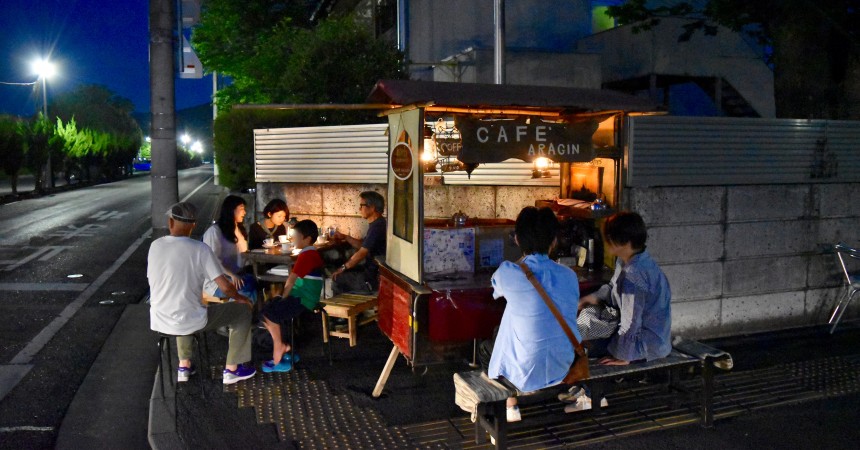
Tochigi Prefecture is known for buckwheat production. Just in front of the Ashikaga Gakkō is Ginmaru Honten which serves handmade soba and tempura. Local jizake “Nagusa no Hotaru” and saké-friendly small bites are also on the menu.
When in a new city, we ask the hotel staff not where they recommend we eat, but where they go to eat near the property. We were directed to a shokudō called Benkyōtei that served miso katsu don, a local dish. The older shop was busy with high school baseball players and a few salarymen ending their day with a cold beer and pickles. The fried pork cutlets dipped in a savory miso sauce hit the spot after walking around all day. The other local dish, onion shumai, is something we do not recommend.
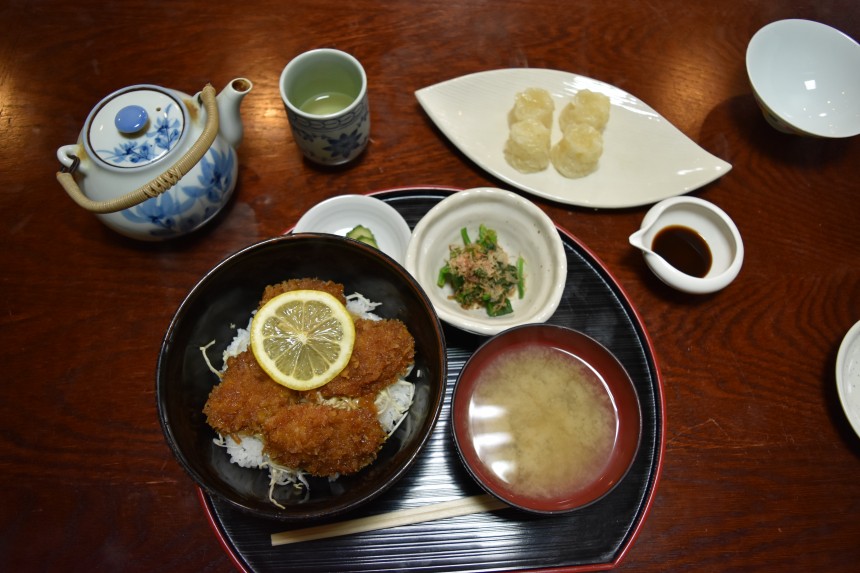
Also in the area is Orihime Shrine, Bannaji Temple and the Kurita Museum with one of the world’s largest collection of Nabeshima and Imari porcelain. Shoppers will want to trek over to the neighboring Sano Premium Outlet Mall.
Access: From Tokyo, there are two train lines to Ashikaga. The Tobu Isesaki express train from Asakusa or the JR Ryōmō Line from Kita-Senju.
Stay: There are several business hotels near both train stations. In the city and on the outskirts are ryokan, some with onsen. If you are without a car, the center of the city is recommended. We visited all spots by foot or train. A taxi was used only to get to Coco Farm and Winery.
Address book:
♦ Ashikaga Flower Park; Tochigi-ken, Ashikaga-shi, Hasama-cho 607; open year-round
https://www.ashikaga.co.jp/english/
♦ Coco Farm and Winery; Tochigi-ken, Ashikaga-shi, Tajima 611; open year-round
https://cocowine.com
♦ Ashikaga Gakkō; Tochigi-ken, Ashikaga-shi, Shohei-cho 2338; open year-round, closed third Monday of each month.
http://www.city.ashikaga.tochigi.jp/site/ashikagagakko/
♦ Café Aragin; Northwest corner of the Tochigi Prefectural Ashikaga Girls’ High School; Summer hours from 5pm to midnight, winter hours are until 11pm, weekends and holidays from 3pm
https://arajin.ewigleere.net
https://twitter.com/arajin_jiro3
♦ Ginmaru Honten; Tochigi-ken, Ashikaga-shi, Shohei-cho 2359; 11am – 10pm., closed Monday.
http://www.ginmaru.net/honten.html
♦ Benkyōtei; Tochigi-ken, Ashikaga-shi, Isecho 3-2; 11.30am – 2:30 pm, 5 – 9pm., closed Tuesday. (no official website)
